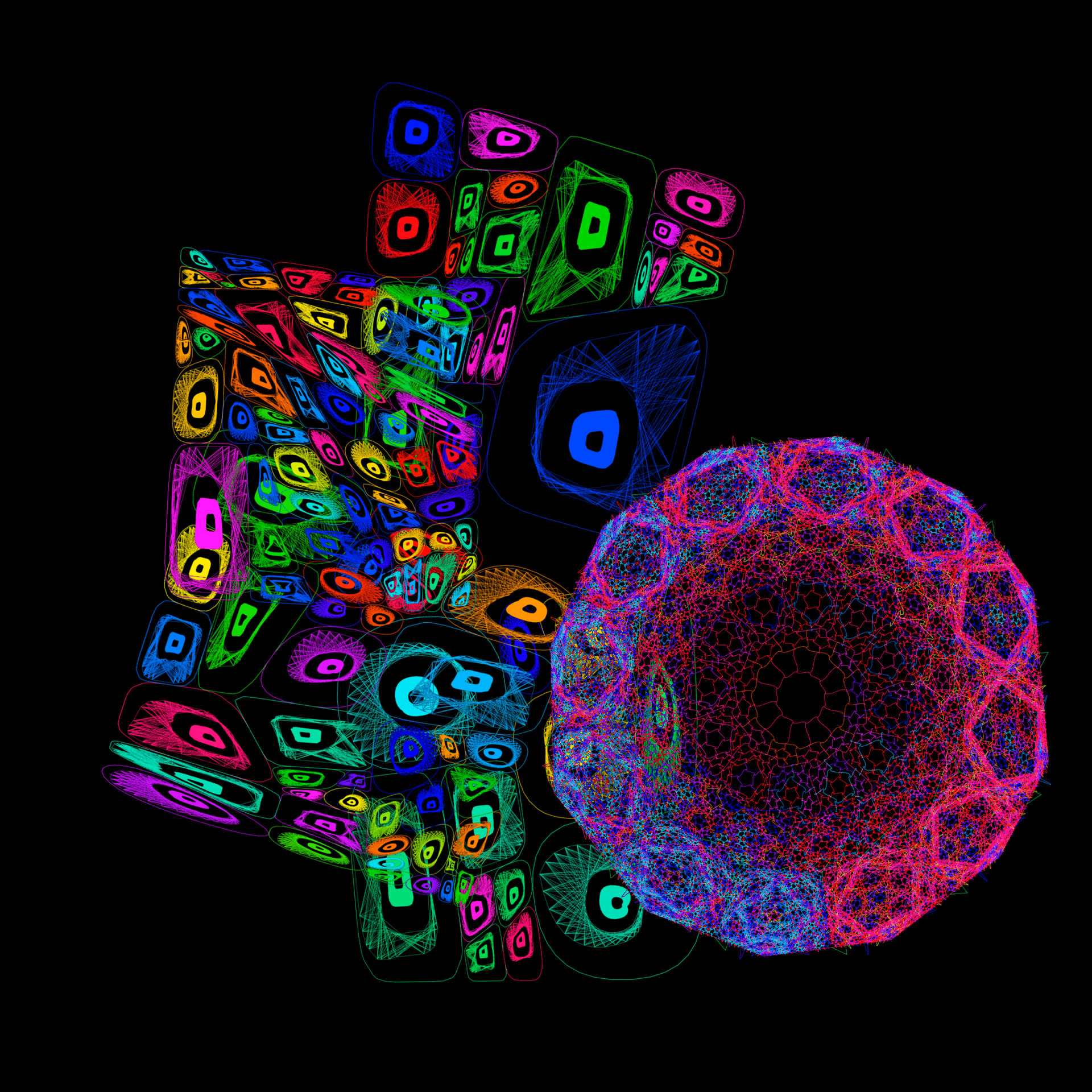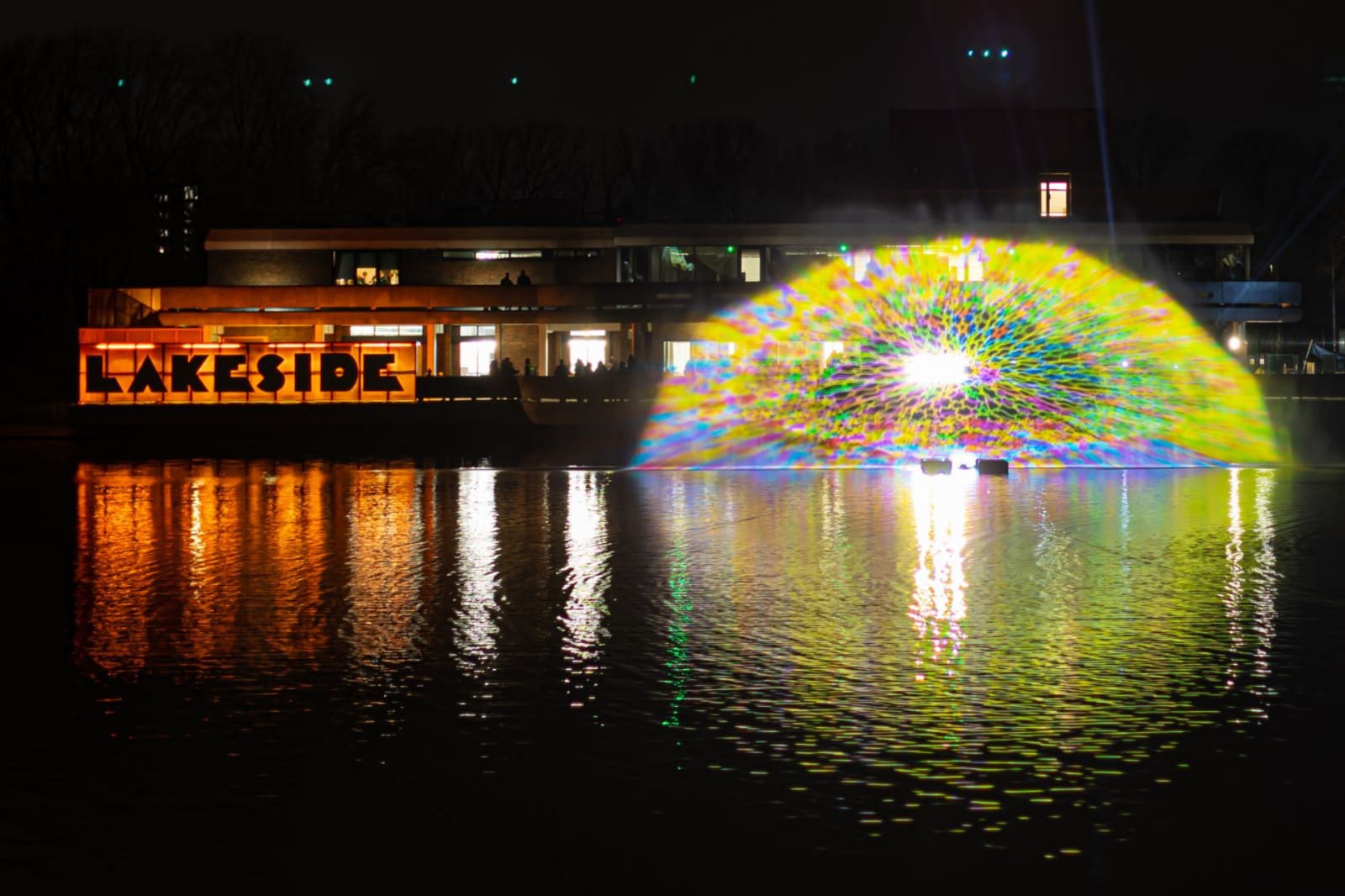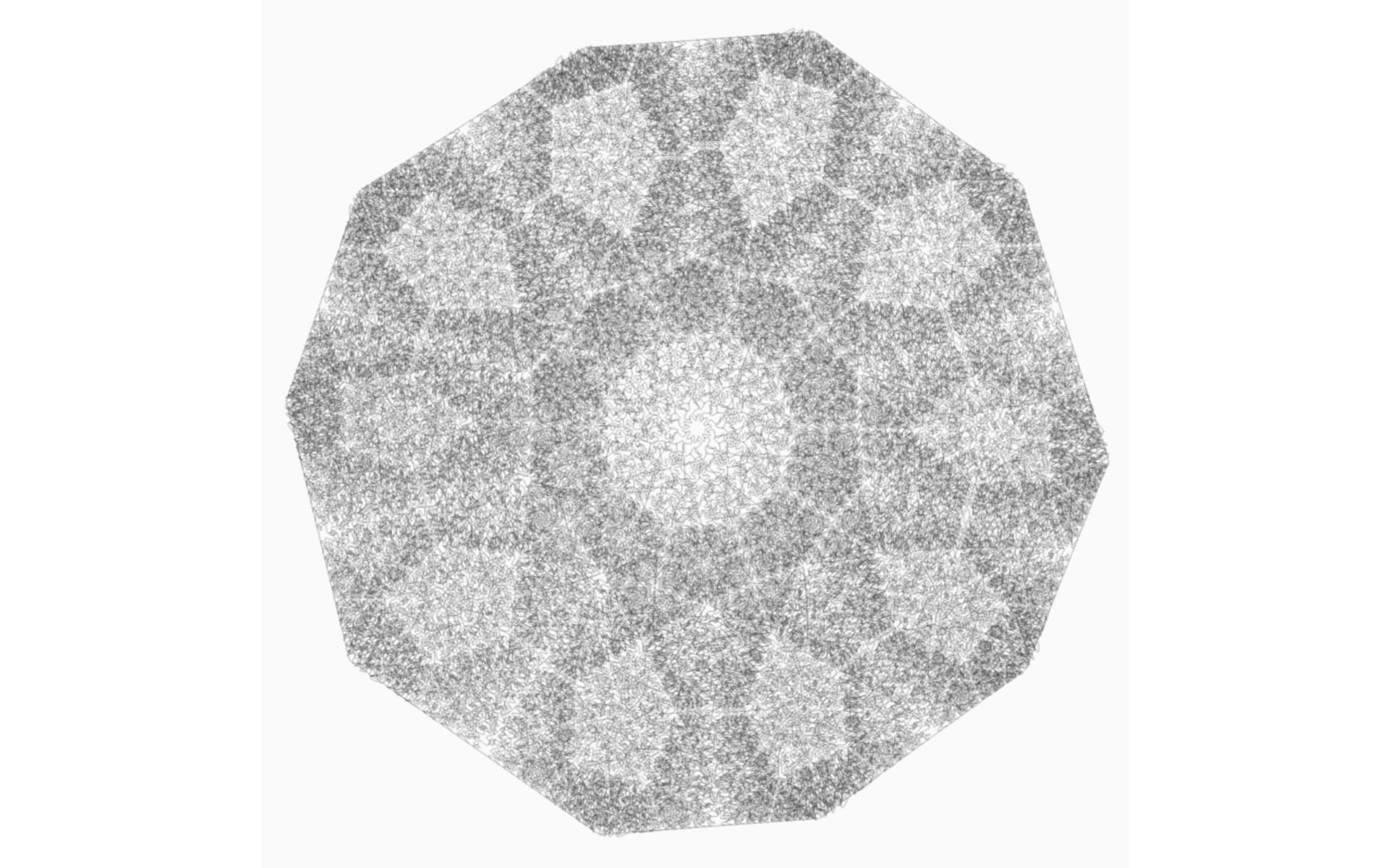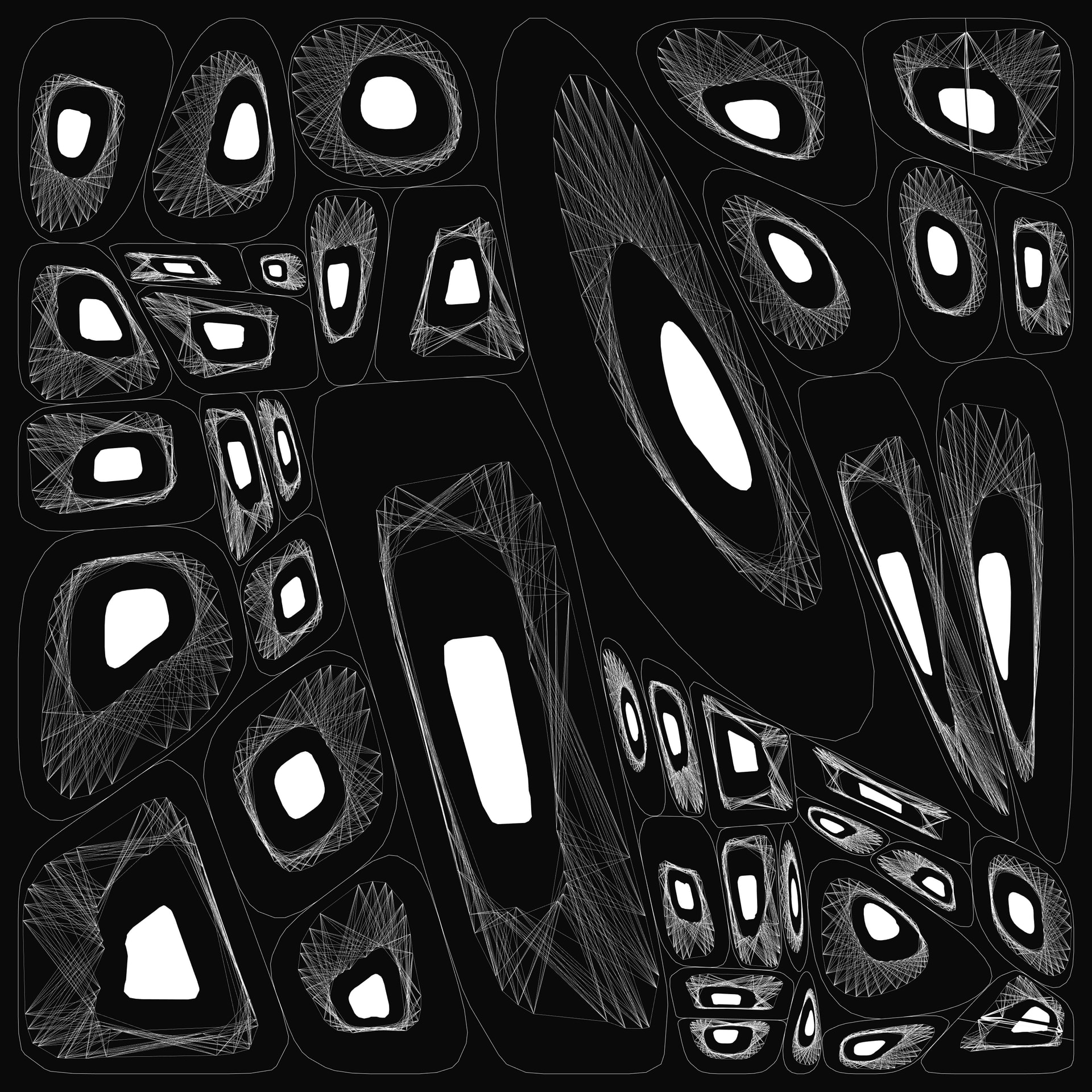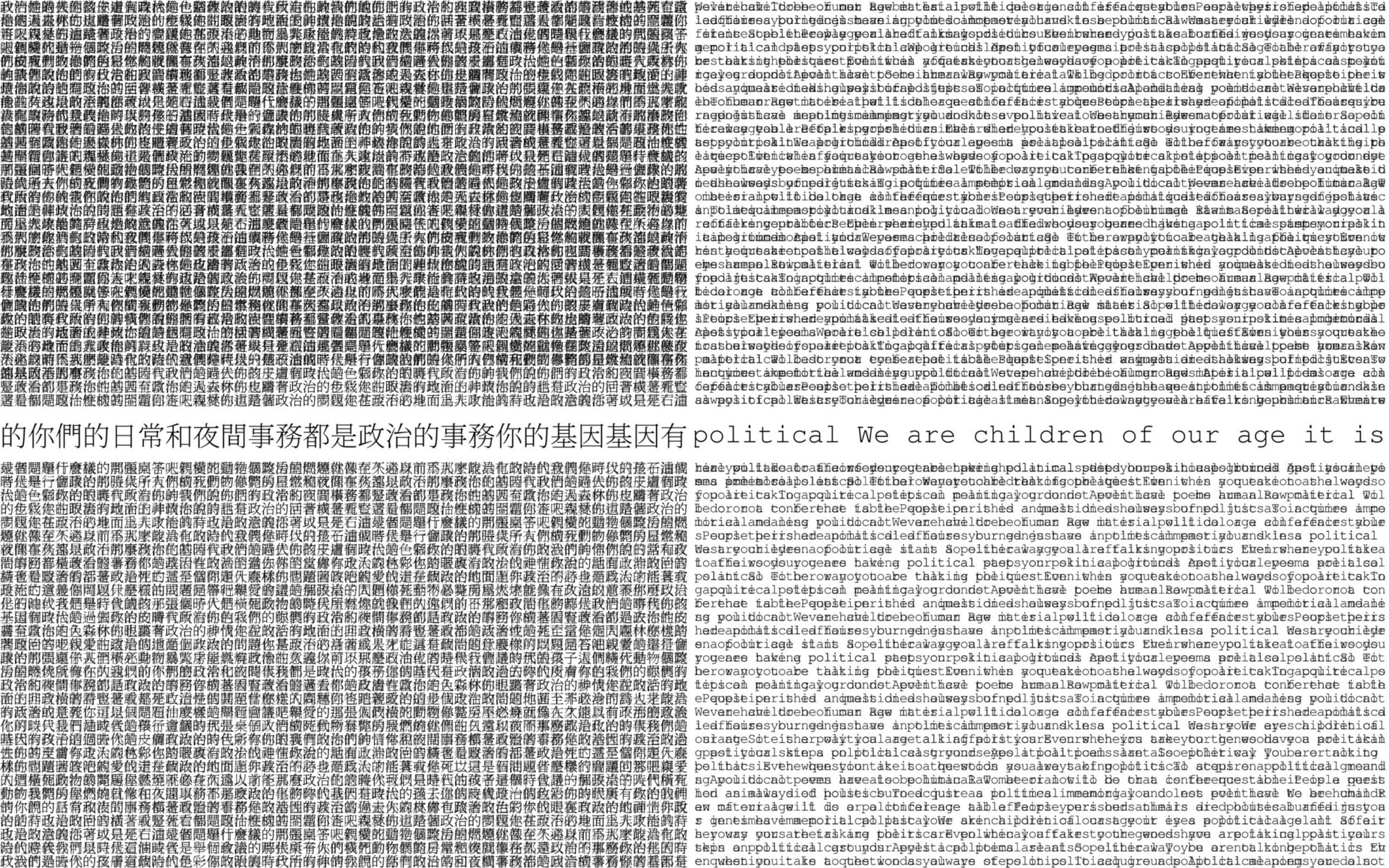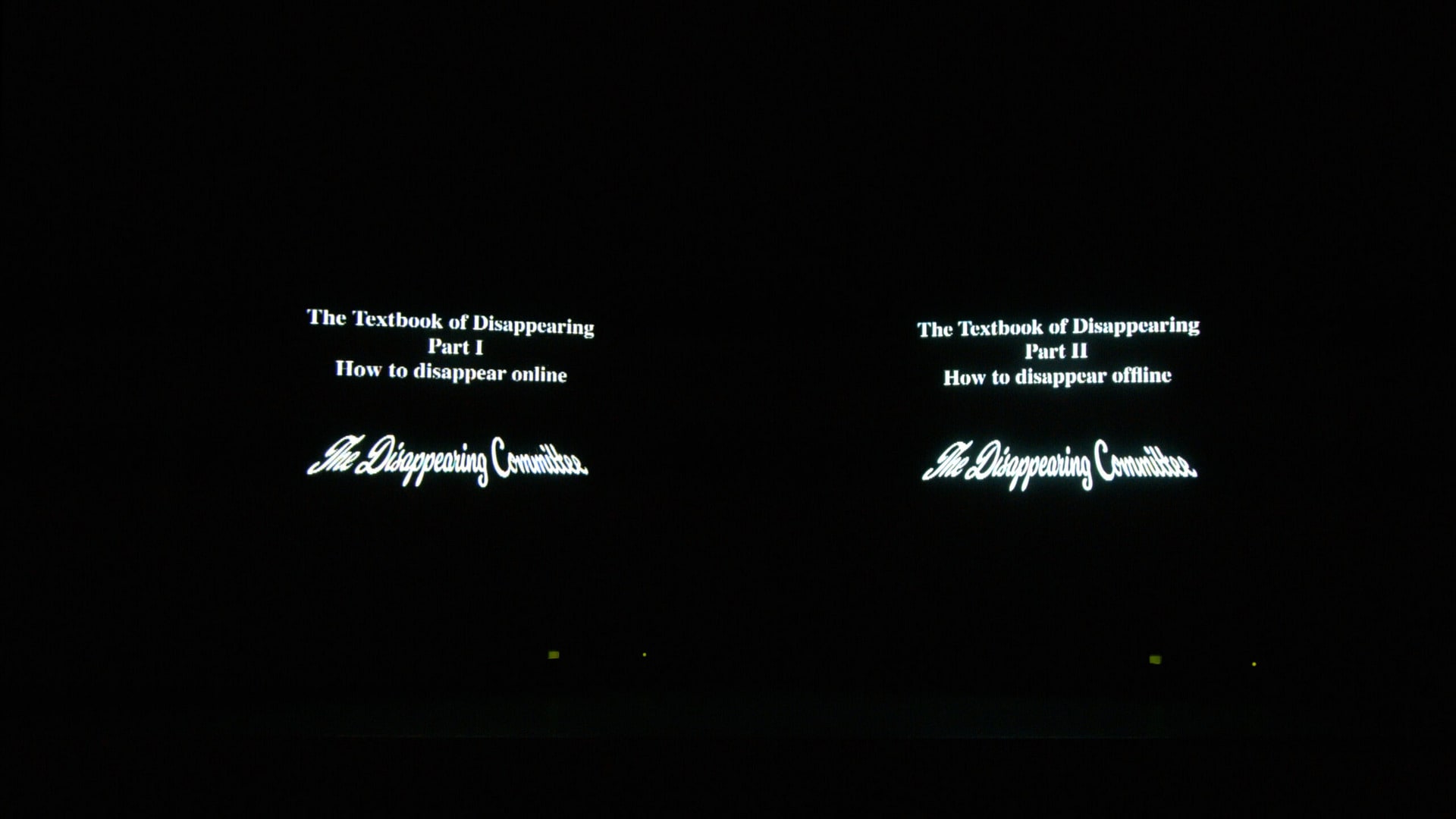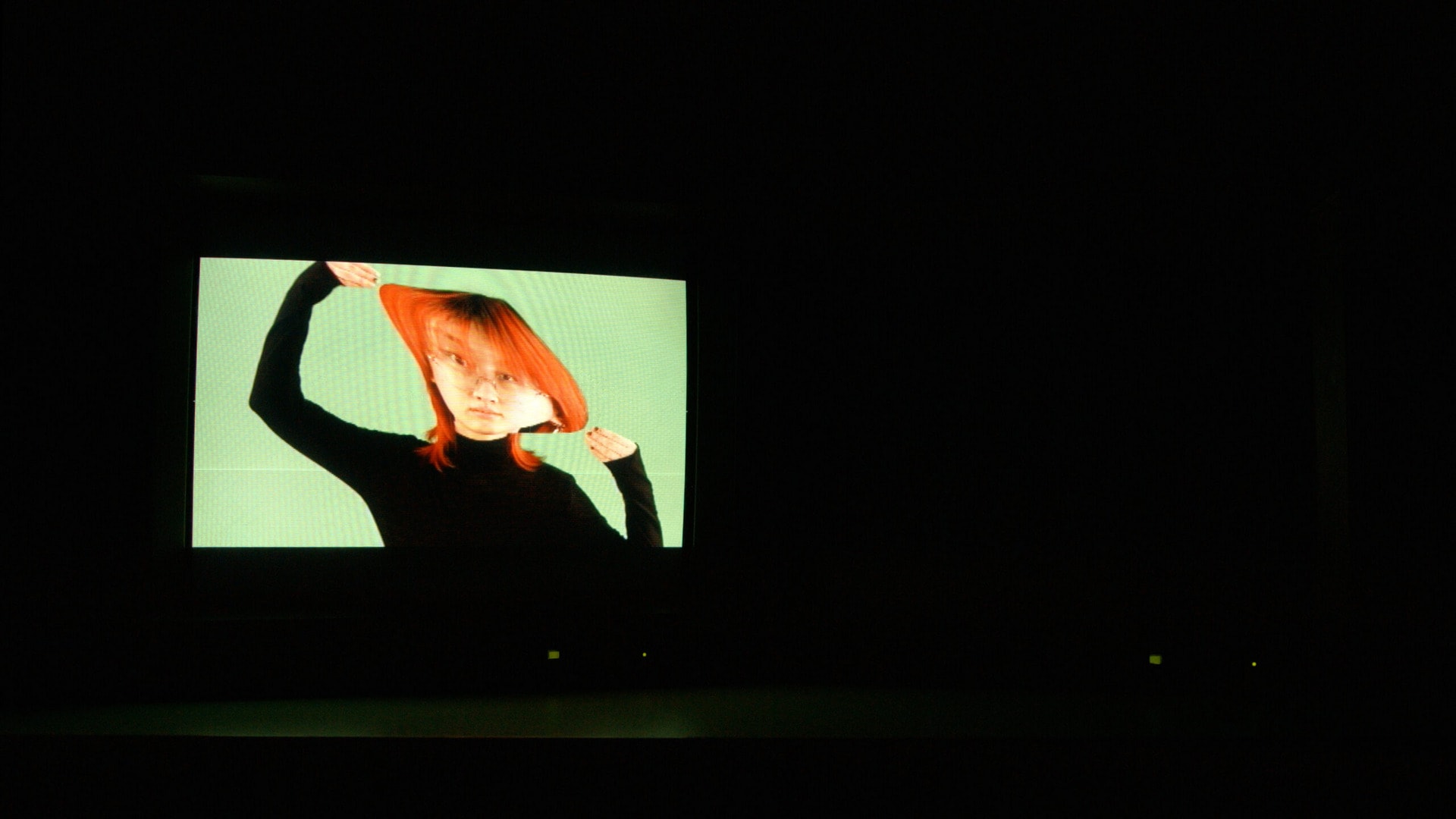John is an artist, a troublemaker, and a Mr.Nobody. He wanders between art and science without boundaries, looking for new possibilities lying under the intersection area. His artworks take different forms, including but not limited to sound, video, generative art, net art, and robotic/kinetic installation.
John是一個(並不知名,離經叛道的)藝術家。他自由地遊走於科學與藝術的領域之間,在邊緣地帶尋求新的可能。他的作品以不同媒介呈現,包括但不限於聲音,影像,生成藝術,網路藝術和機械裝置。
John obtained a Bachelor of Art and Science degree with the highest GPA from School of Creative Media, Hong Kong, in 2022. He is currently enrolled in the MA Contemporary Art Practice program at the RCA London. He has shown his works in several museums, galleries and festivals in Hong Kong and the UK.
John在2022年以當年最好的成績取得了香港創意媒體學院的文理學士學位。他目前正攻讀倫敦皇家藝術學院的當代藝術實踐碩士學位。他的作品曾在香港和英國的不同地方展出。



